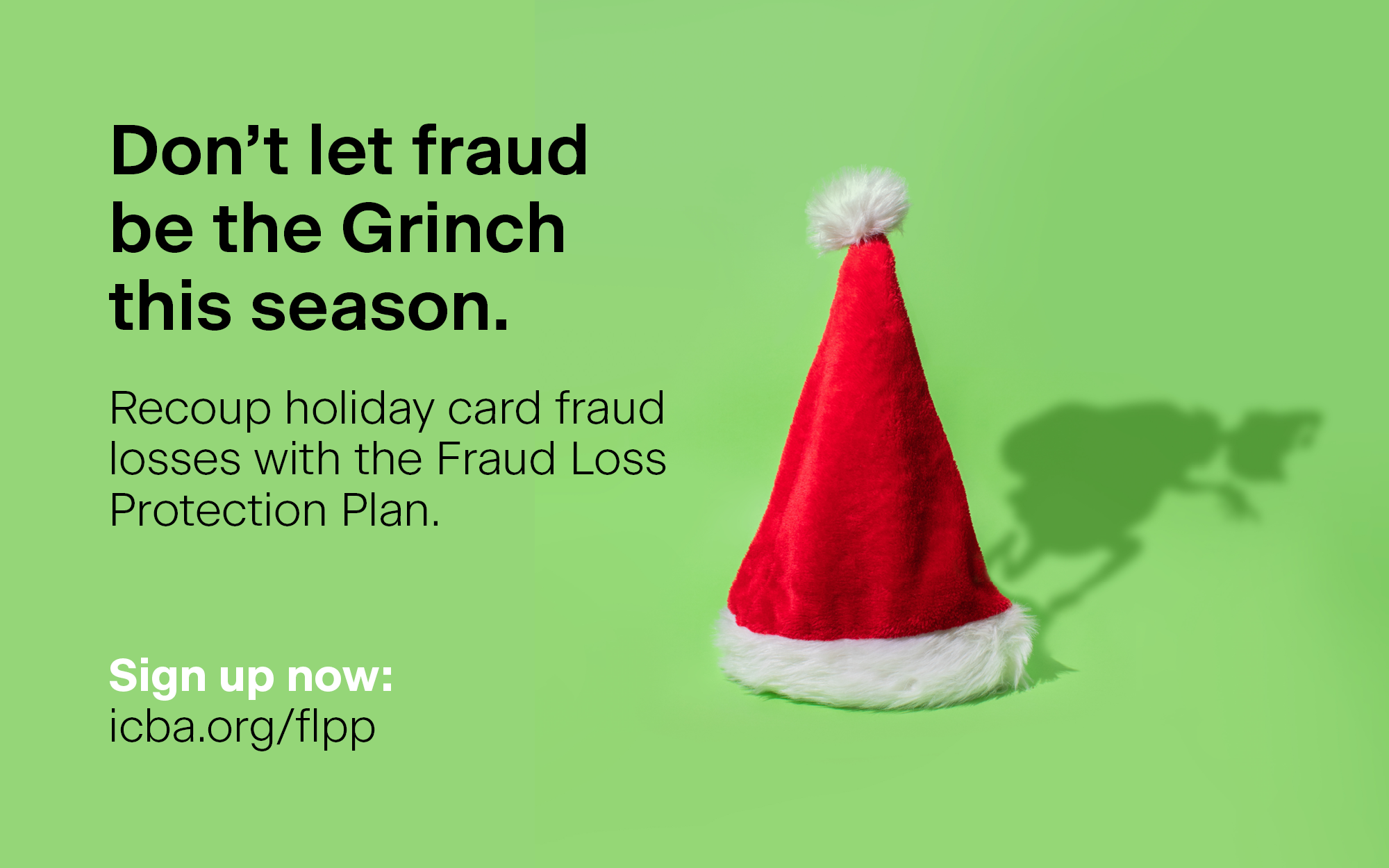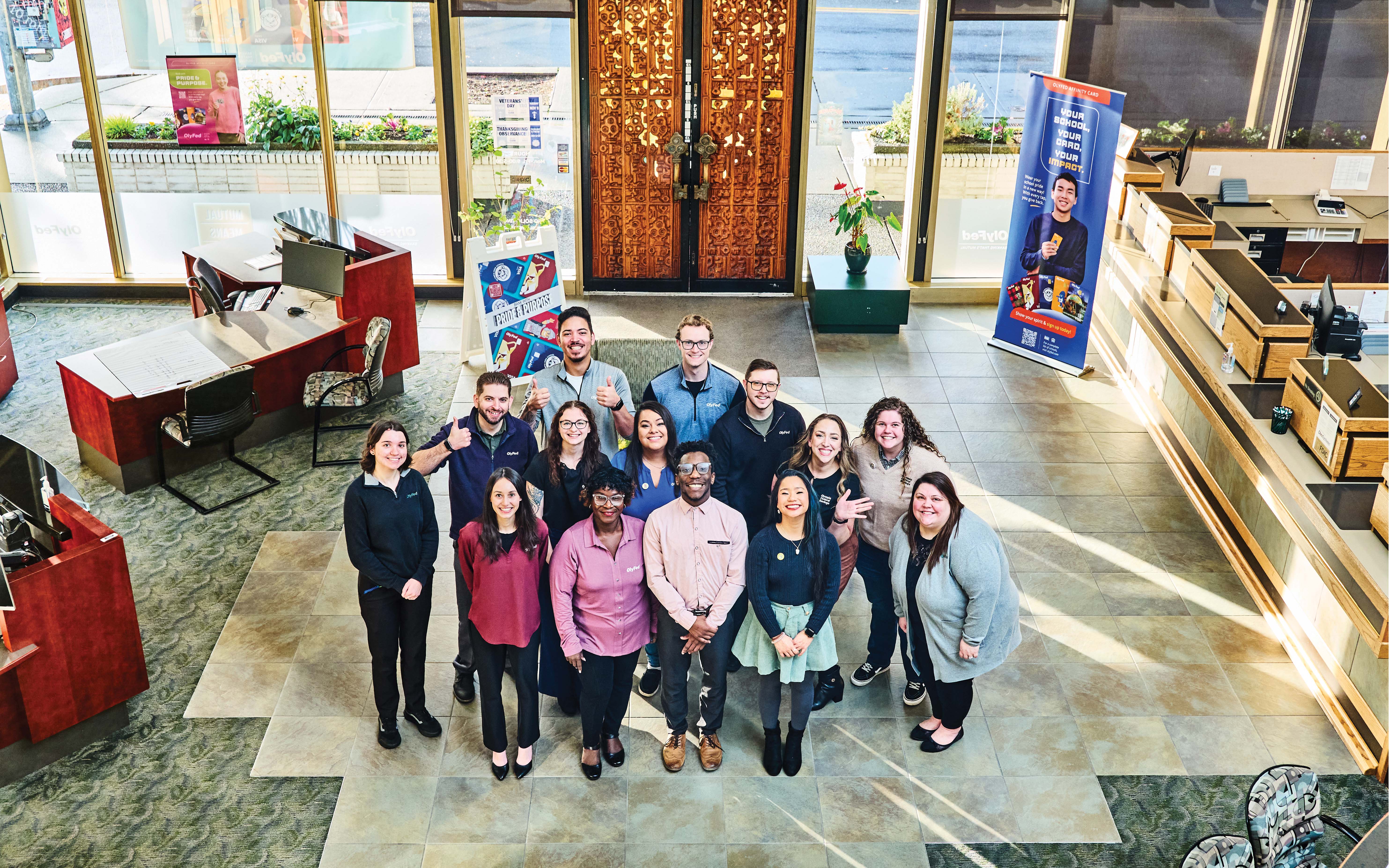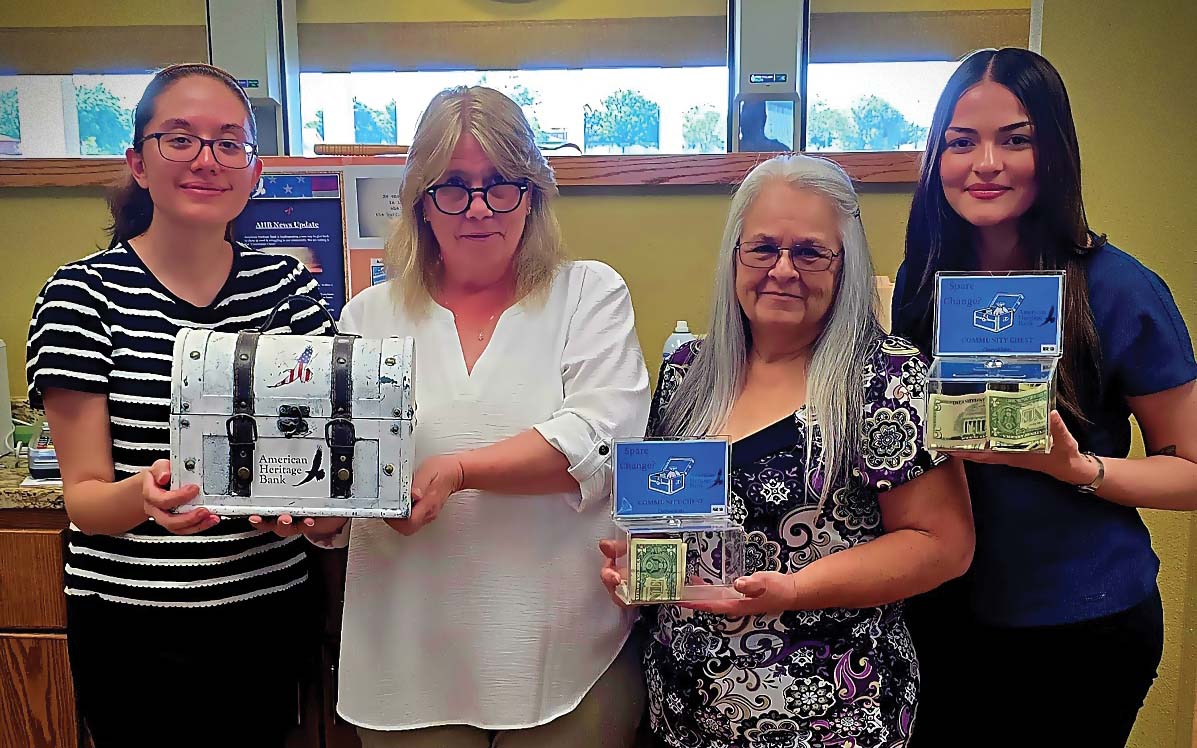West Shore Bank and Timberland Bank are fostering generosity by giving their customers unique avenues to support local charities, merging tradition with technology to make a lasting impact in local communities.
West Shore Bank and Timberland Bank Offer Unique Avenues for Charitable Giving
August 01, 2025 / By Ed Avis
West Shore Bank and Timberland Bank are fostering generosity by giving their customers unique avenues to support local charities, merging tradition with technology to make a lasting impact in local communities.
Every year, on two consecutive Saturday nights in midsummer, thousands of people pack into Waterfront Park Pavilion in Ludington, Michigan, to enjoy a free Rhythm & Dunes concert series. It’s sponsored by $778 million-asset, Ludington-based West Shore Bank, which covers all costs of the event and solicits employees to volunteer and help run it.
While the event itself is a celebration of music, many attendees drop a few dollars into donation jugs circulated by local high school band members or scan a QR code at the event to make online donations. In 2024 alone, the money from those jugs, combined with fees paid by participating food vendors, raised $20,500 for four local high school band programs. West Shore Bank has planned, organized and underwritten the concert series for the past 13 years and has raised over $137,000.
“We get more compliments on our concert series than anything else we do,” says Raymond Biggs, president and CEO of West Shore Bank. “And this is not just something the bank does—the attendees [who donate] want to do something alongside the bank.”
Community banks have long been known for supporting local causes, but some take the next step by inviting their customers to do the same.
Technology that fuels donations
Timberland Bank in Hoquiam, Washington, has adopted a technology-driven approach to encourage customers to get in on the giving. The $1.9 billion-asset community bank matches its customers’ donations to various local organizations, donating up to $1,000 during specified time frames. It’s all powered by the Roundup Center program from financial technology company Spiral.
For instance, in late 2024, Timberland matched customer donations to Olive Crest, a faith-based nonprofit dedicated to preventing child abuse. The bank gathered donations for Olive Crest using the Roundup Center.
“That was our first step in trying to get people to be aware of our program, and we did social media campaigns and things like that,” says Jonathan Fischer, president and chief operating officer of Timberland Bank. “Now we’re finding different nonprofits to do the $1,000 match each quarter.”
The Roundup Center program allows Timberland customers to round up their card purchases to the nearest dollar, with the spare change donated to a specified charity. They can choose to support charities highlighted by the bank or select from a list of vetted charities.
Removing friction from giving
West Shore Bank also uses the Roundup Center program for its digital Giving Center, and Biggs appreciates how it not only makes the giving process easy but also simplifies the tax reporting for customers, tracking their contributions in one place and providing an annual donation report.
“You know that you’ve got community members that want to give, and if you can find a way to make it easy, you could increase that giving or at least create avenues for people to contribute,” Biggs says. “Any time you can do something to create less friction for the customer to give, and at the same time increase awareness, that’s like lightning striking.”
Timberland’s Fischer echoes this sentiment. “As a community bank, we just really have a love for our communities,” he says. “And so, any way we can help by giving opportunities for our customers to give as well, makes sense.”

Connecting customers to causes
The concept of involving customers in the giving process may require an extra level of effort from a bank, but doing so seems to scratch an itch many bank customers have.
Take West Shore Bank, for example, which has been helping nonprofits throughout its 127-year history. Starting about 15 years ago, it noticed that customers wanted to get in on the fun. This led to the creation of its Spirit of Giving fundraiser, an initiative supporting food banks during the holidays.
“We saw a number of community members come into the bank and want to give,” Biggs says. “So, this was an example of a [fundraiser] in which the bank was giving money itself, but also our customers—and maybe even noncustomers—wanted to give side by side with the bank.”
These days, West Shore Bank actively encourages its customers to participate in the Spirit of Giving fundraiser by promoting it on its social media channels. Donations are accepted in branch, online or through the bank’s Giving Center, and the initiative has grown beyond the holiday donations to food banks, too. Past fundraiser campaigns have raised funds in support of animal welfare, senior citizens and for a year-round youth sports initiative.
By blending technology with tradition, these community banks are redefining their community giving programs to include their customers. In doing so, they’re supporting local nonprofits and charities in their communities, embodying the true spirit of community banking.
Subscribe now
Sign up for the Independent Banker newsletter to receive twice-monthly emails about new issues and must-read content you might have missed.
Sponsored Content
Featured Webinars
Join ICBA Community
Interested in discussing this and other topics? Network with and learn from your peers with the app designed for community bankers.
Subscribe Today
Sign up for Independent Banker eNews to receive twice-monthly emails that alert you when a new issue drops and highlight must-read content you might have missed.
News Watch Today

Join the Conversation with ICBA Community
ICBA Community is an online platform led by community bankers to foster connections, collaborations, and discussions on industry news, best practices, and regulations, while promoting networking, mentorship, and member feedback to guide future initiatives.













